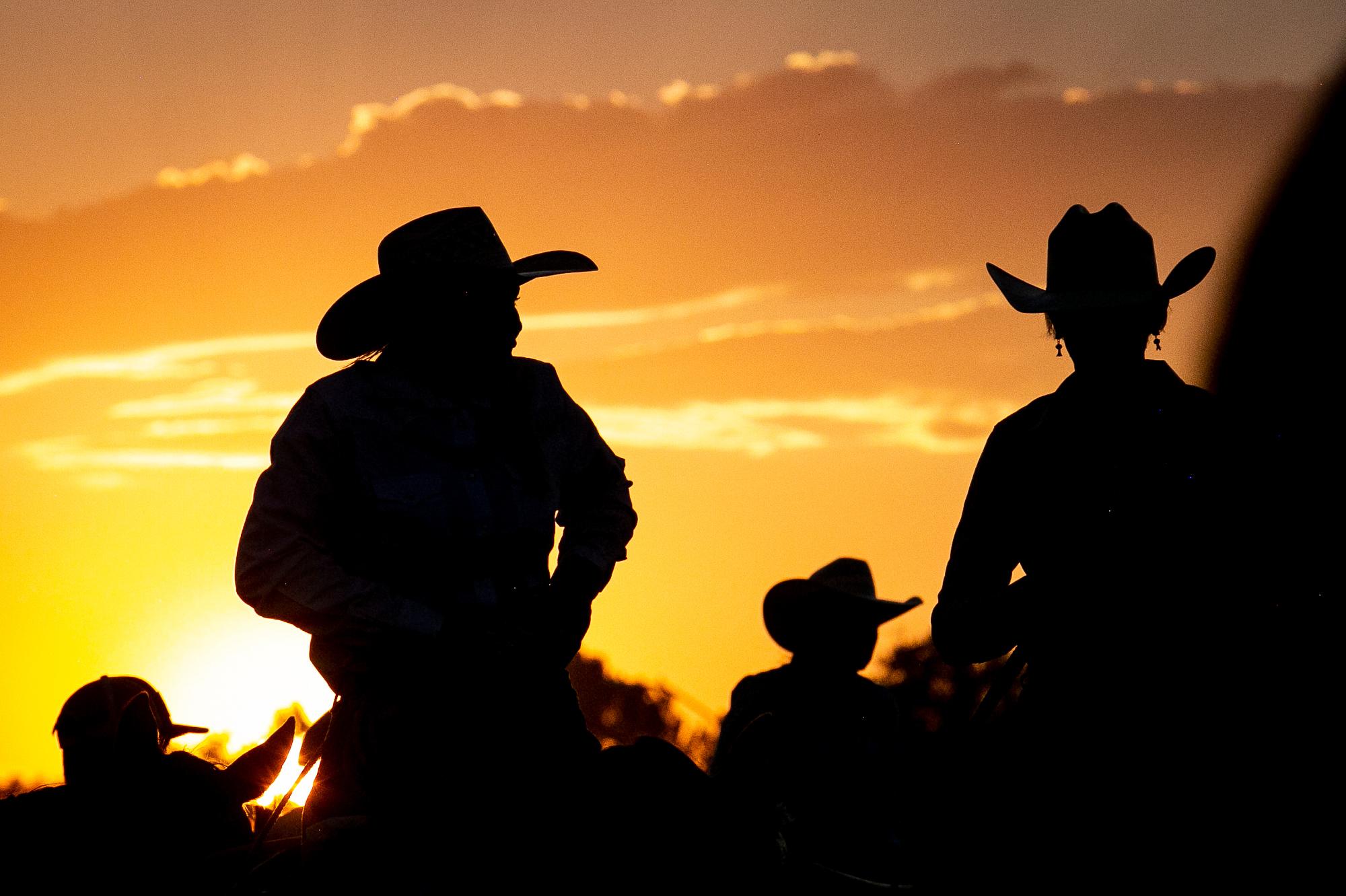
In the long stretch of history, some places stick around and some are lost to time. In Colorado, several organizations have formed to help identify and preserve historically significant locations around the state.
One of those organizations is Colorado Preservation, Inc, a nonprofit that works with local communities on preservation initiatives, and that started the "Colorado’s Most Endangered Places" list. This year marks the 25th anniversary of the list and the organization has chosen to feature five places that reflect the heritage of BIPOC (Black, Indigenous and people of color) and rural communities in Colorado.
“As part of a larger national conversation going on around the issues of diversity, equity and inclusion, the preservation community has been more and more attentive to that,” said Kim Grant, director of the endangered places program.
Since its founding, the Most Endangered Places program has listed 130 historic sites in Colorado; 54 have been declared saved. “By definition, they’re threatened or endangered,” Grant said of the places on the list. “In some cases, [they’re in] pretty dilapidated condition, and so it’s a long-term endeavor for certain sites. Very rarely are they turned around very quickly and it takes some partnerships in the community and it takes resources and it often takes some time to do that.”
Take Dearfield, for example. It was an African American homesteading community on the plains of Weld County in the early 1900s that embodied the hopes and dreams of the people who called it home. Its name was derived from the fields being so dear to the residents.
In addition to the support of Colorado Preservation, Inc., the Black American West Museum, some professors at the University of Northern Colorado, and the Dearfield Dream Project have secured a $498,000 National Park Service grant from the African American Civil Rights Program to help restore the site.
There is also a preservation effort in Congress led by Colorado representatives Joe Neguse, a Democrat, and Ken Buck, a Republican, who have co-sponsored a bill to add Dearfield to the National Park System.
Not all of the endangered places on the list reflect a positive history. The Southern Ute Boarding School Campus “is one of the most intact boarding school campuses in the United States,” Grant said. “And it's really the only one that is intact in that way in Colorado.”
Government-run boarding schools once dotted the Western States and housed Indigenous children, who were forcibly removed from their homes and made to assimilate to a European culture and language. After a mass grave was found at a similar boarding school in Canada, American officials have revisited the legacies of these types of schools in the U.S.
Here are the locations featured on this year's list.
Dearfield, Colorado
“Dearfield may be certainly the most important site of its type in Colorado, and one of the most important west of the Mississippi,” said Grant. “Unfortunately, things like the Dust Bowl intervened and caused the place to slowly vanish over time.” There are now only a couple of buildings left.
Iglesia de San Antonio Church in Tiffany, Colorado
In southern La Plata County, about two-and-half miles from the New Mexico border sits the Iglesia de San Antonio Catholic Church. “The church represents the early Hispanic settlement of the riverine valleys” south of Durango, said Grant. “It was built lovingly by the local people using local materials, adobe and stucco.” The church sits in Tiffany, an unincorporated town that doesn’t have much left in it, according to Grant.
Each year, there’s a mass held in the church. Grant said he’s hopeful about the church’s future because they have secured a grant to do a structural and engineering assessment and to create a preservation plan. “We have a pretty good idea on a path forward to do this restoration project in stages,” he said. “It’s a beautiful little building. It's in very rough shape on the outside, but the inside is in pretty good condition and it's just a wonderful little building that we hope in a year or two to have fully restored.”
The Southern Ute Boarding School Campus in Ignacio, Colorado
Members of the Southern Ute tribe determined what to do with the remains of the campus, which includes three primary buildings, a veterans memorial and murals painted by tribal member Sam Ray, circa 1936. “There’s a real awareness on the part of the tribe that it's an important resource and it’s also an opportunity to tell their story about this really difficult period in American history,” said Grant. “It was a period characterized by a genocidal campaign to forcibly assimilate Native Americans, Indigenous people into European American culture, and with disastrous results that the tribe is still dealing with today.”
Stranges Grocery in Grand Junction, Colorado
The grocery store was at the center of a once-thriving Italian American community in downtown Grand Junction. A new owner plans to preserve the work of Italian stone masons from 1909.
Union Pacific Pumphouse in Kit Carson, Colorado
A pumphouse from the late 1870s provided water for steam locomotives in Kit Carson. It is the only stone railroad pumphouse left in Colorado. The pumphouse was used until 1956 and Union Pacific Railroad later donated it to the Kit Carson Historical Society.
More stories on Colorado History
- Legacy of Indigenous boarding schools in Colorado includes unmarked graves and generational scars
- The history behind the abandoned stone building on Red Mountain Pass
- America the Beautiful Park in Colorado Springs was once home to dozens of families. Here’s their story
- Colorado’s new state historian is on a mission of inclusivity ?








